Posted on 12/25/2023
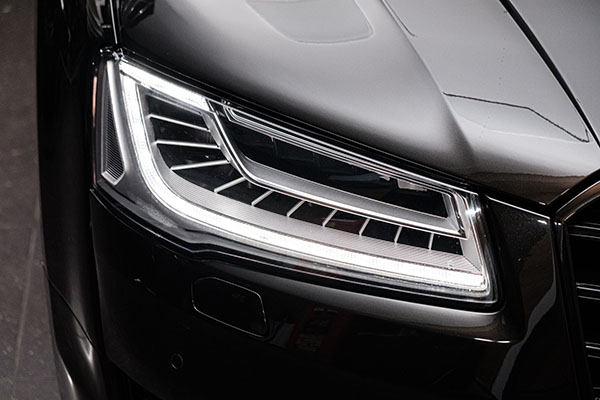
While European cars are known for their luxury, performance, and style, there are also a few models that I would strongly advise against buying. Today’s article will cover our top five European vehicle models that you should avoid. But keep in mind that between these models, there are certain generations that shine bright, and are worth buying! 1. Fiat 500X The Fiat 500X is a subcompact crossover SUV that numerous problems, including engine and transmission issues, electrical glitches, and poor build quality, have plagued. The 2014-2018 Fiat 500X has been reported with these issues in specific. They have caused the 500X to have a reliability rating of just 1 out of 5 stars from Consumer Reports. 2. Land Rover Range Rover Evoque The Land Rover Range Rover Evoque is a luxury SUV that is known for its stylish design and off-road cap ... read more
Posted on 11/29/2023
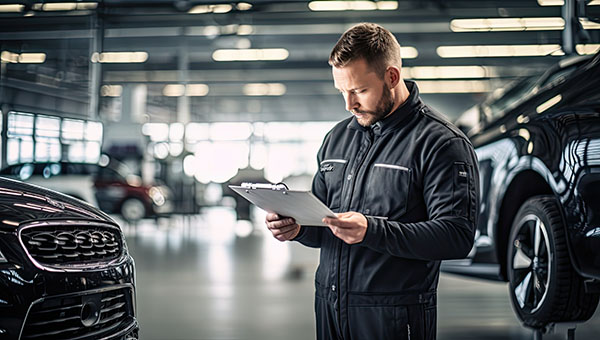
In the intricate balance between drivers and their beloved vehicles, the question of care takes center stage. For those cruising through the automotive realm, especially with the allure of All-Wheel Drive (AWD) vehicles, the question lingers – do these cars demand more tender loving care? Understanding the AWD Symphony With their power seamlessly distributed to all four wheels, AWD vehicles offer good performance on diverse terrains. The allure of enhanced traction and stability often leads to the assumption that these cars might be high-maintenance divas. However, the truth isn't quite that - let's debunk the myth and explore the nuances of AWD care. Routine Maintenance Rituals Much like any vehicle, AWD cars thrive on regular maint ... read more
Posted on 10/28/2023

As the leaves start to don their fiery hues and a crisp chill permeates the air, it's time to bid a temporary farewell to the scorching summer and embrace the enchanting season of fall. While you revel in the beauty of nature's transition, it's crucial not to overlook the needs of your faithful four-wheeled companion. Just as you swap out your wardrobe for warmer layers, your car requires a seasonal refresh as well. To ensure your vehicle braves the autumnal elements with grace and reliability, here are seven indispensable maintenance tips that will keep your wheels rolling smoothly through this vibrant season of change. Tire Traction and Pressure Check With the possibility of wet leaves and early frost, ensuring optimal tire traction becomes paramount. Examine your tire treads for wear and tear, and consider switching to s ... read more
Posted on 9/30/2023
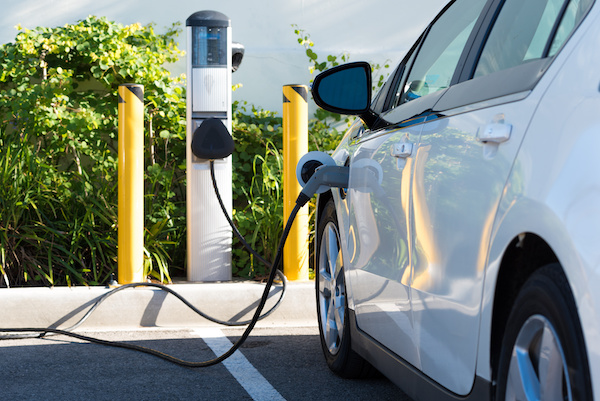
With the growing popularity of electric vehicles (EVs), many car enthusiasts wonder about the maintenance differences between EVs and traditional gas-powered cars. Are EVs really the low-maintenance option they're touted to be, or do they require more care? Let's dive into the facts to understand whether electric vehicles require more or less maintenance compared to their gas counterparts. Less Moving Parts, Less Maintenance? One of the key advantages of electric vehicles is their simplicity. EVs have fewer moving parts than gas-powered cars. Traditional internal combustion engines have hundreds of components that require regular maintenance, such as oil changes, transmission checks, and exhaust system repairs. In contrast, EVs primarily consist of an electric motor, a battery, and a few other components. This reduced complexity translates to fewer maintenance needs and lower long-term costs. Fewer Oil Changes In gas-powered cars, routine oil changes are a standard maintena ... read more
Posted on 8/31/2023
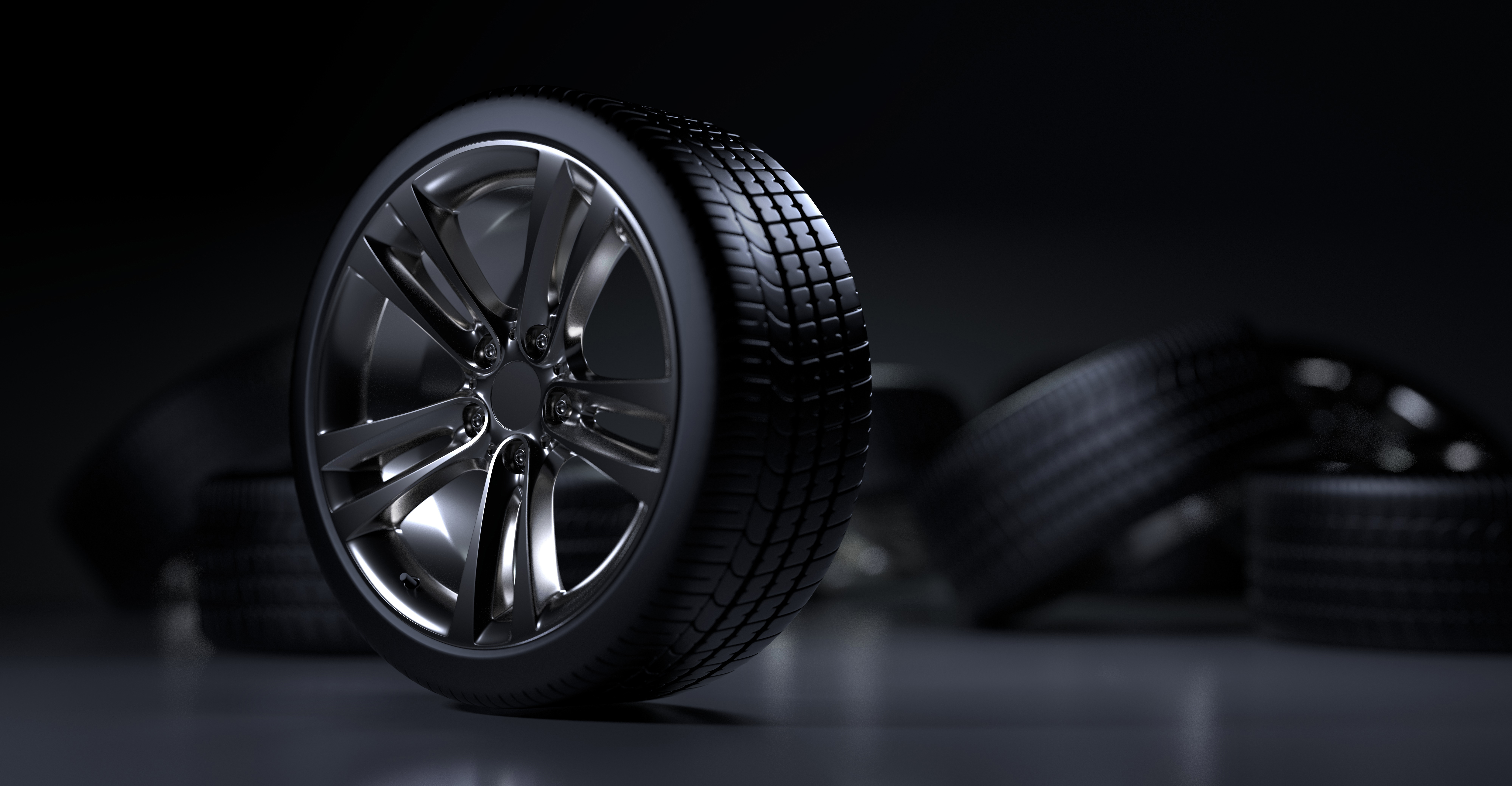
Have you ever pondered the marvel of a car cruising down the road, unfazed by the rough terrain, potholes, and bumps? A big part of it is due to the flawless alignment and balance of its wheels. Achieving these two vital aspects is crucial not only for a smooth and secure ride but also to maximize the performance and durability of your car's tires. Let's explore the intricate science and techniques that the experts use to achieve this elusive balance and alignment. What is Wheel Alignment? Wheel alignment refers to the precise positioning of a vehicle's wheels relative to each other and the road surface. Proper alignment involves adjusting three key angles: Camber This angle represents the tilt of the wheel inwards or outwards when viewed from the front of the vehicle. Too much positive or negative camber can lead to uneven tire wear and decreased handling stability. Toe Toe alignment refers to the angle at which the ... read more
Posted on 7/31/2023
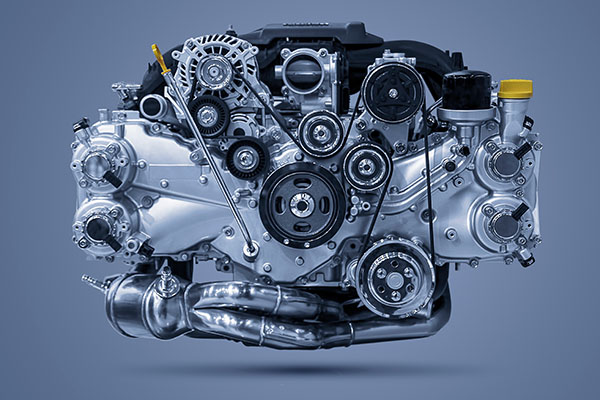
When faced with the prospect of replacing a faulty transmission or engine in a vehicle, car owners are frequently given the option of purchasing a brand-new component or considering a remanufactured alternative such as Jasper Transmissions and Engines. In this post, we'll look at the debate over Jasper parts and compare them to brand-new ones - with that information car owners can make an informed decision that meets their needs and budget by understanding their key differences. Jasper Transmissions and Engines: A Brief OverviewJasper Engines and Transmissions is a renowned remanufacturing company that specializes in refurbishing and upgrading automotive components to meet or exceed original equipment manufacturer (OEM) specifications. Jasper's process involves disassembling, inspecting, cleaning, and replacing worn parts, ensuring the highest quality remanufactured products. Why Choose Jas ... read more
Posted on 6/30/2023
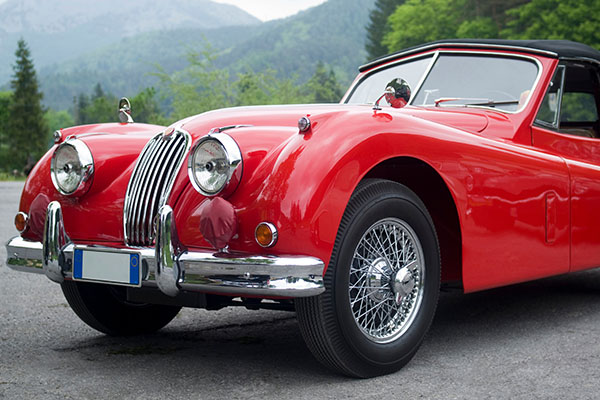
In the vast and ever-evolving world of automobiles, few names carry the weight and historical significance of Ford. As one of the pioneering forces in the automotive industry, Ford has played a pivotal role in shaping the way we drive and perceive cars. Join us as we delve into the past and discover the birth of a legend. The Model A: Henry Ford's First CreationThe first Ford vehicle to roll off the assembly line was the Model A. Designed and built by the visionary Henry Ford, the Model A was introduced in 1903. With a modest 8 horsepower, the Model A featured a two-cylinder engine and an innovative design for its time. Though production of the Model A was limited, it marked the beginning of a revolution that would forever change the automotive landscape. The Model T: Revolutionizing the IndustryWhile the Model A laid the foundation for Ford, it was the in ... read more
Posted on 5/31/2023
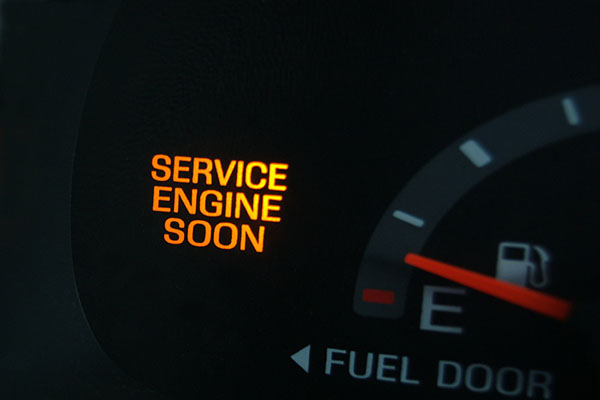
When you see the check engine light illuminate on your car's dashboard, it can be a reason for you to be concerned. This warning light indicates that there is an issue with your vehicle's engine, emission system, or transmission. However, not all check engine lights are the same - some may appear as a solid light, while others may flash. Understanding the difference between a solid and flashing check engine light is crucial in determining the severity of the problem and how urgently it needs to be addressed. Solid Check Engine Light A solid check engine light typically indicates a non-emergency issue with your vehicle. It could be a minor problem such as a loose gas cap, a faulty sensor, or a minor emissions-related issue. While it's important to have the issue resolved, a solid check engine light doesn't require immediate attention. You should still schedule an appointment with a mechanic to diagnose and fix the problem, as ignoring it could lead to ... read more
Posted on 4/29/2023
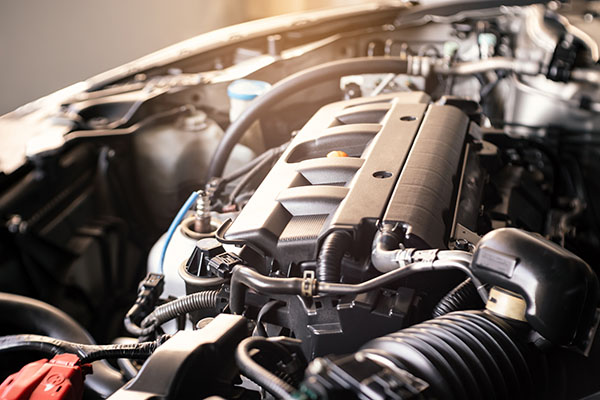
Brake horsepower (bhp or BHP) is a term commonly used to measure the power output of an engine. If you've ever wondered what BHP means and how it relates to your vehicle's performance, you've come to the right place. What Does It Mean? Brake horsepower refers to the power developed by an engine at the output shaft, measured using a dynamometer. It represents the actual usable power that an engine delivers to propel a vehicle. The term "brake" in brake horsepower comes from the early days of engine testing when a brake was used to load the engine and measure its power output. To measure brake horsepower, an engine is connected to a dynamometer, which applies a load to simulate the resistance the engine would encounter in real-world conditions. The dynamometer measures the torque produced by the engine and calculates the power output in HP. This measurement accounts for any power losses due to factors such as friction and mechanical ineffic ... read more
Posted on 3/29/2023
.jpeg)
The emissions system is a vital unit of your vehicle that helps to reduce harmful pollutants and emissions that can be detrimental to the environment and human health. The system is made up of several components that work together to ensure that your vehicle is running cleanly and efficiently. What Parts Make Up the Emissions System? Exhaust Manifold The exhaust manifold is a component that is attached to the engine's cylinder head and collects exhaust gases from the engine. It is designed to direct the gases to the catalytic converter, which is the next component in the emissions system. Catalytic Converter The catalytic converter is an impressive part of the emissions system that you've probably heard before. It helps to reduce harmful pollutants and emissions. It is designed to convert harmful gases like carbon monoxide and nitrogen oxides into less toxic substances like carbon dioxide and water vapor. Oxygen Sensor ... read more